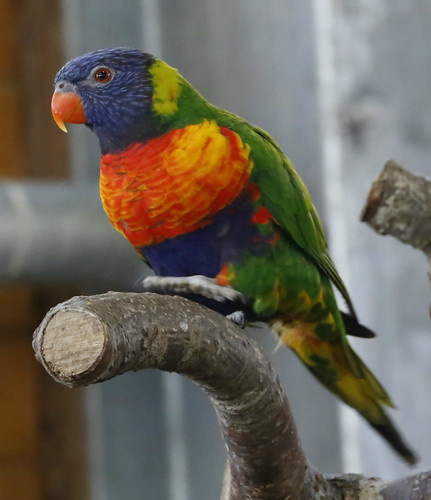the swarming plates containing 36.3, 72.6 and 145.2 mM HQ17-2, and the migration distance of the bacteria was measured. As shown in Reporter Assay Reporter plasmids of rppA and flhDC were derived from the pmrI-xylE plasmid. In brief, pmrI promoter region of the order SAR 405 pmrIxylE plasmid was replaced by the rppA or flhDC promoter region to produce the rppA- and flhDC-xylE reporter plasmids. The wildtype, the rppA mutant, the rcsB mutant or the rcsB-overexpressed strain of P. mirabilis was transformed with the respective reporter plasmid and grown overnight in LB broth containing 20 mg/ml chloramphenicol. The cultures were diluted 100-fold in the same medium with or without HQ17-2 and incubated at 37uC for 3 to 6 h. PB was added simultaneously with HQ17-2 in the induced condition of the RppA PmrI pathway. The XylE activity was measured as described previously. MIC Assay In vitro determination of MIC for polymyxin B was performed by the broth microdilution method according to the guidelines proposed by Clinical and Laboratory Standard Institute in the presence or absence of HQ17-2. A stock solution of PB prepared in Mueller Hinton broth was added to 96-well microtiter plates in two-fold serial dilutions. Aliquots of bacterial culture were then dispensed into each well and incubated for 1618 h. MICs for sodium dodecyl sulfate, gentamycin, kanamycin, streptomycin, ampicillin, tetracycline and ciprofloxacin was also determined. MIC was defined as the lowest concentration at which no visible growth occurred. Inhibition of Hemolysin Activity and Cell Invasion Ability of P. mirabilis by HQ17-2 In P. mirabilis, expression of virulence factors is regulated coordinately with swarming behavior. Knowing that swarming was inhibited by HQ17-2 in P. mirabilis, we thus tested whether expression of virulence factors, including haemolysin and cell invasion, was also affected by HQ17-2. In the presence of HQ17-2, P. mirabilis N2 expressed significantly lower levels of haemolysin activity at 3, 4 and 5 h after inoculation. The transcription of haemolysin gene, hpmA, was also inhibited by HQ17-2. Moreover, the cell invasion ability of P. mirabilis N2 was significantly lower in the presence of HQ17-2 than in the absence of HQ17-2. Killing of Biofilm-grown P. mirabilis by PB This experiment was performed as described by Lee et al. with some modifications. An overnight culture of P. mirabilis N2 was diluted to 1.5 6 107 CFU/ml and 10 ml of bacterial cultures was applied onto each of three 1 cm2 nitrocellulose membranes separately placed on LSW- agar plates. The plates were then incubated at 37uC to allow biofilm formation. Forty-eight hours later, the membranes containing biofilm-grown bacteria were Hydroquinone Modulates Virulence, Drug Sensitivity HQ17-2 Inhibited Swarming and Expression of flhDC through the RcsB Pathway in P. mirabilis We have found that HQ17-2 could inhibit swarming in P. mirabilis. Since both RcsB and RppA pathways have been shown to be able to regulate swarming in P. mirabilis, we thus tested whether these two pathways are involved in swarming inhibition ofHQ17-2. As shown in 5 Hydroquinone Modulates Virulence, Drug Sensitivity autoregulation of RcsB. The result supports that the negative autoregulation of RcsB may exist in P. mirabilis. In summary, HQ17-2 somehow activates RcsB, then leading to decreased expression of rcsB and flhDC, two genes negatively regulated by RcsB.Together, these data suggest that HQ17-2 can enhance PB susceptibility of  l
l
